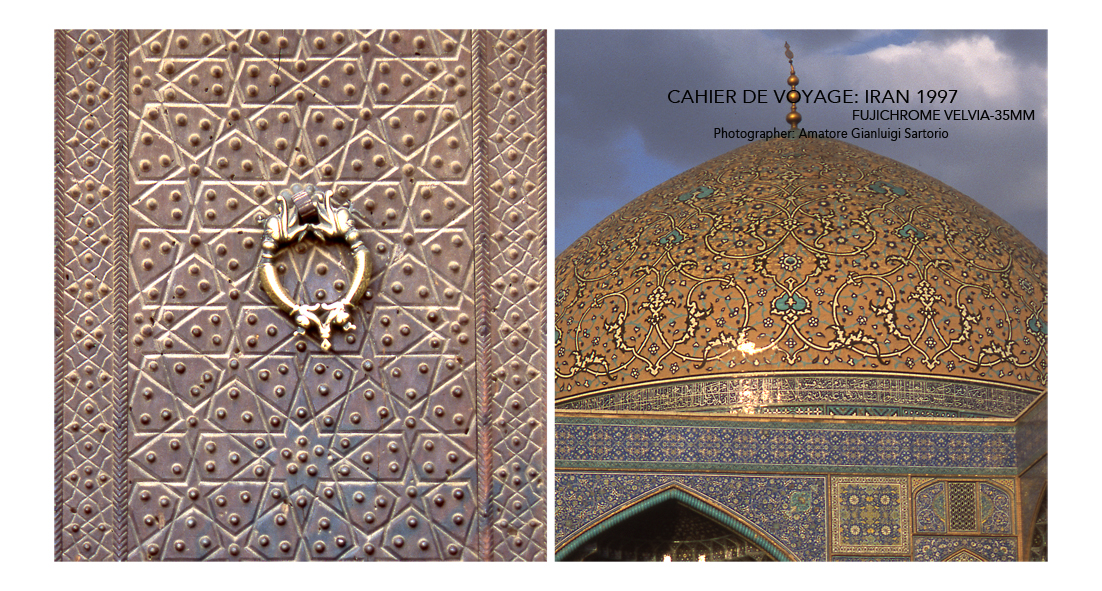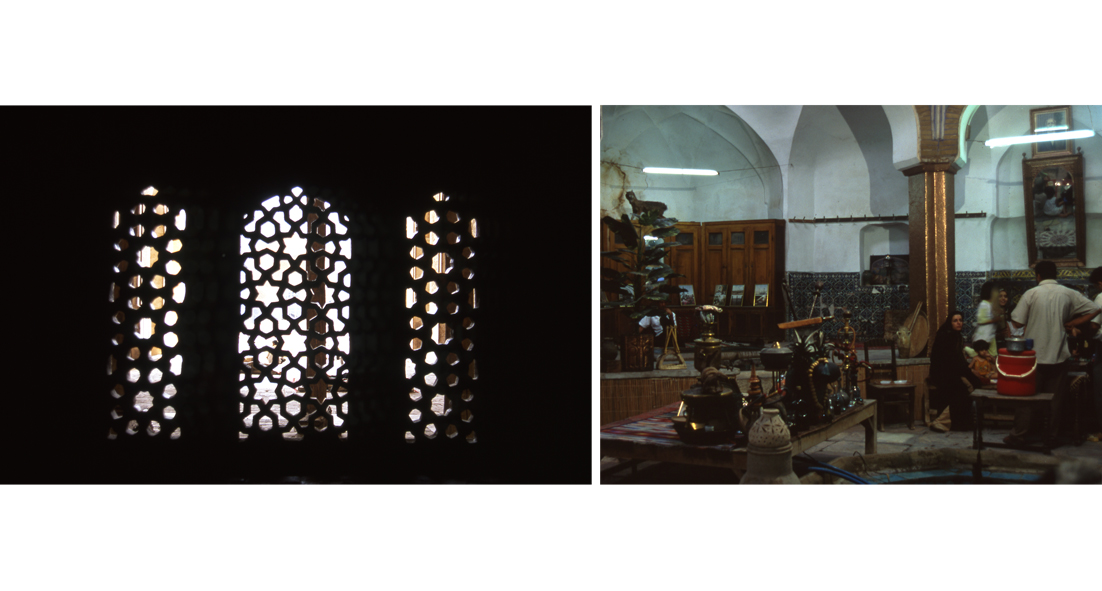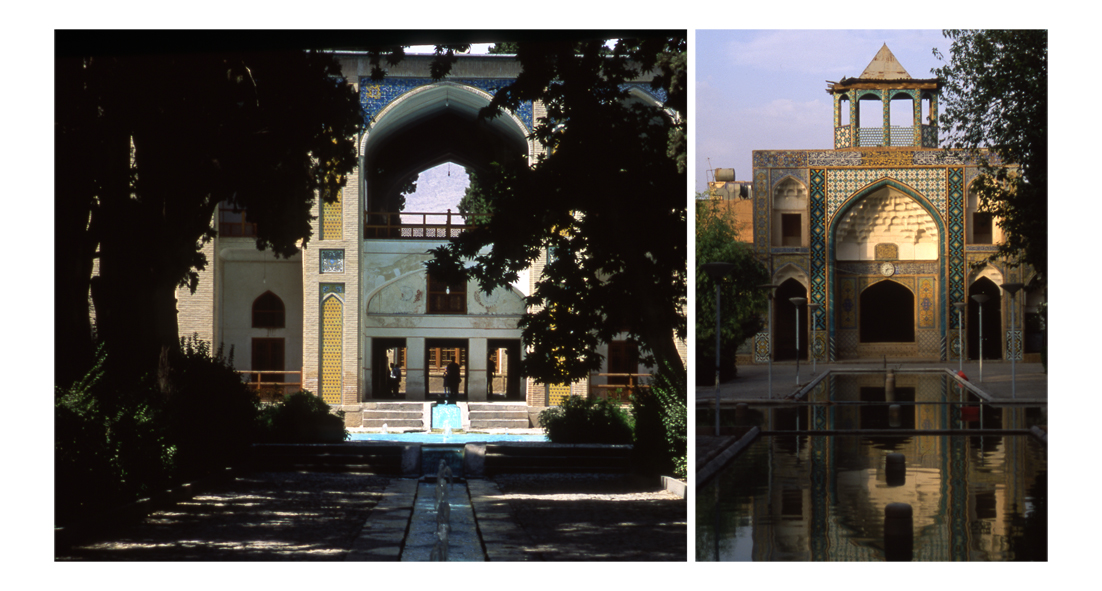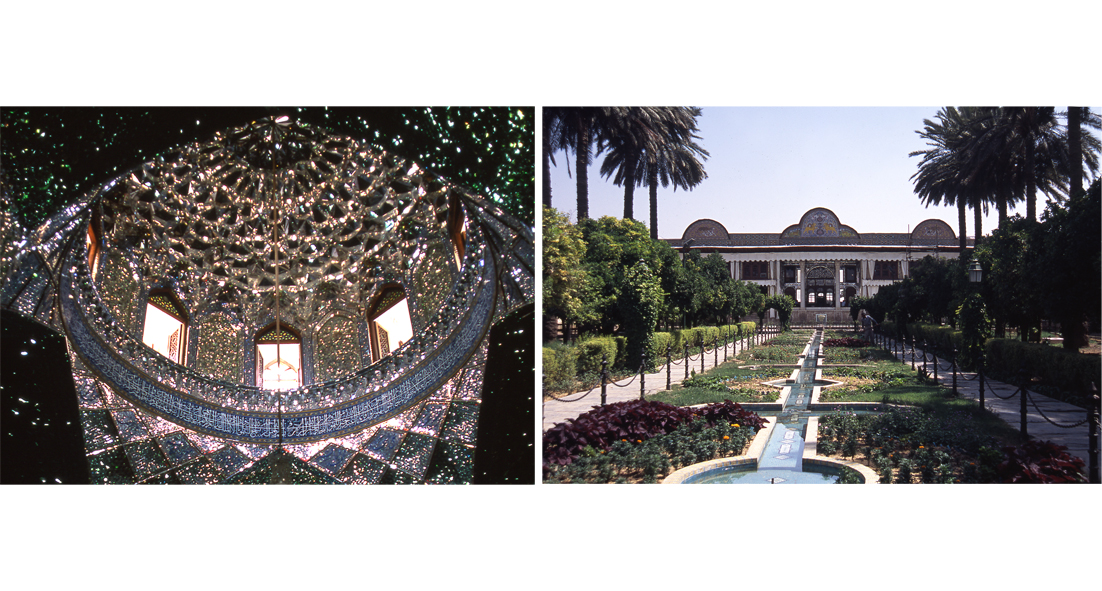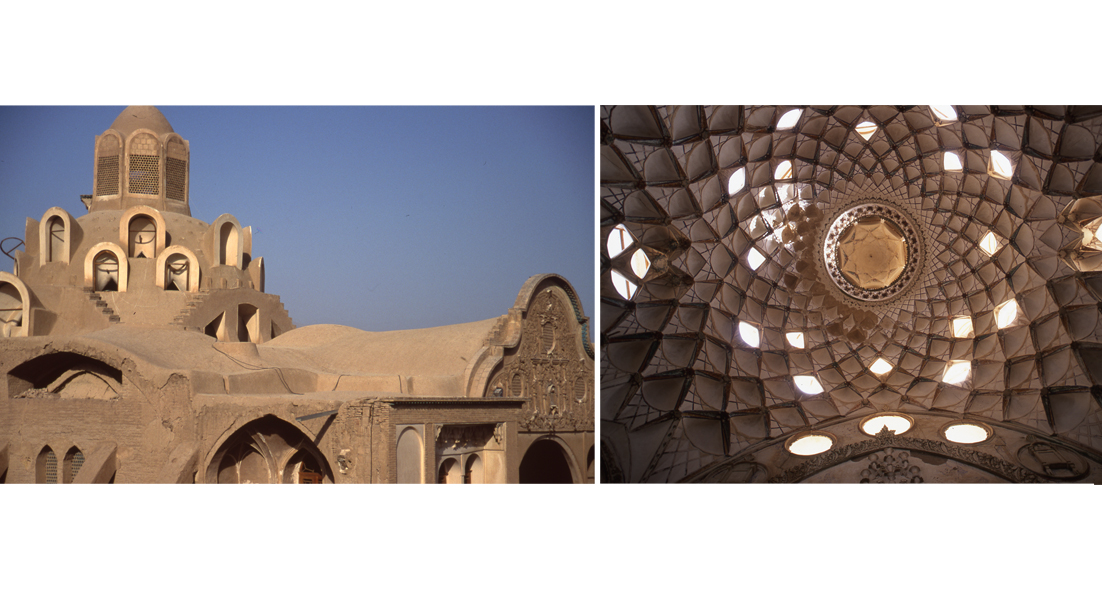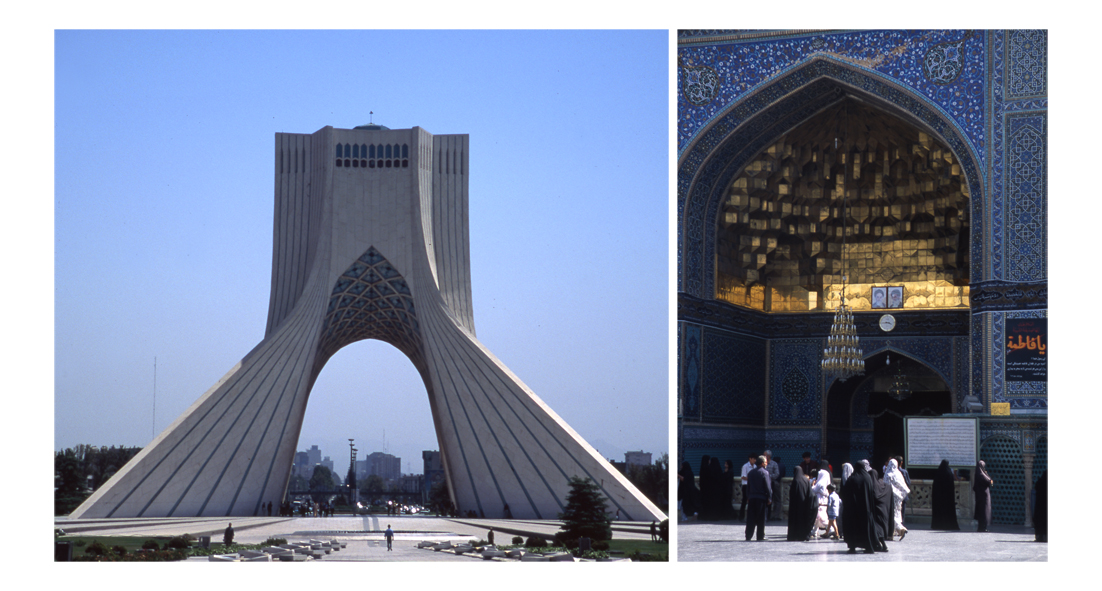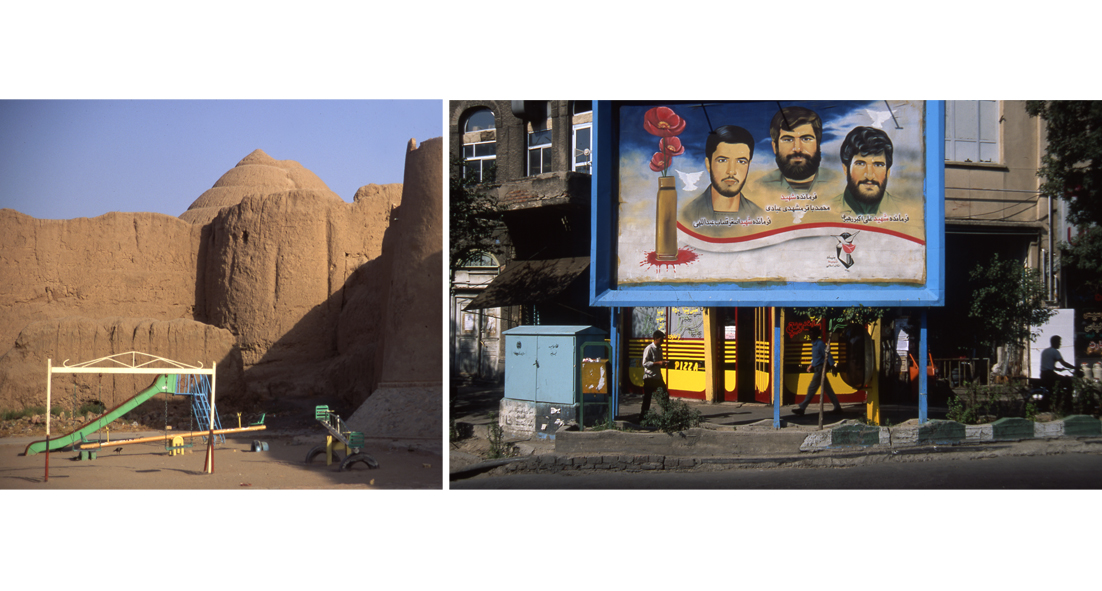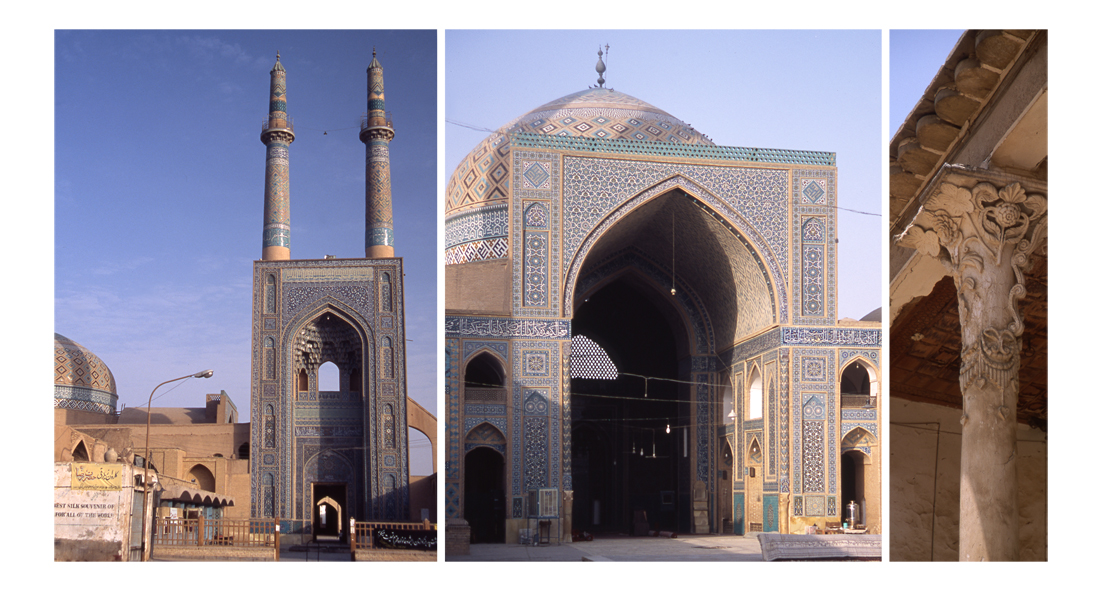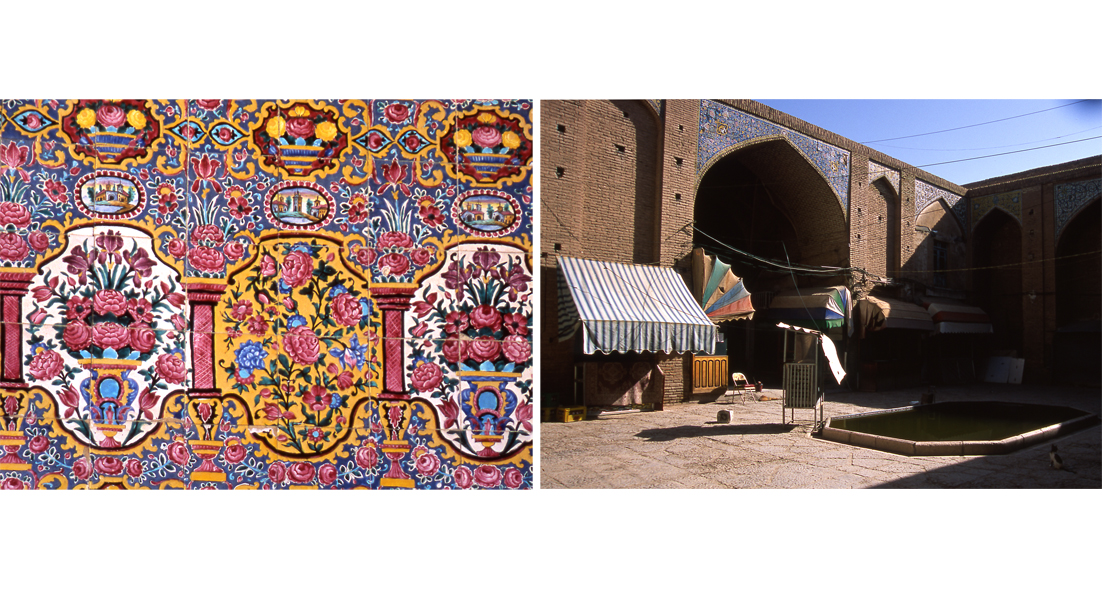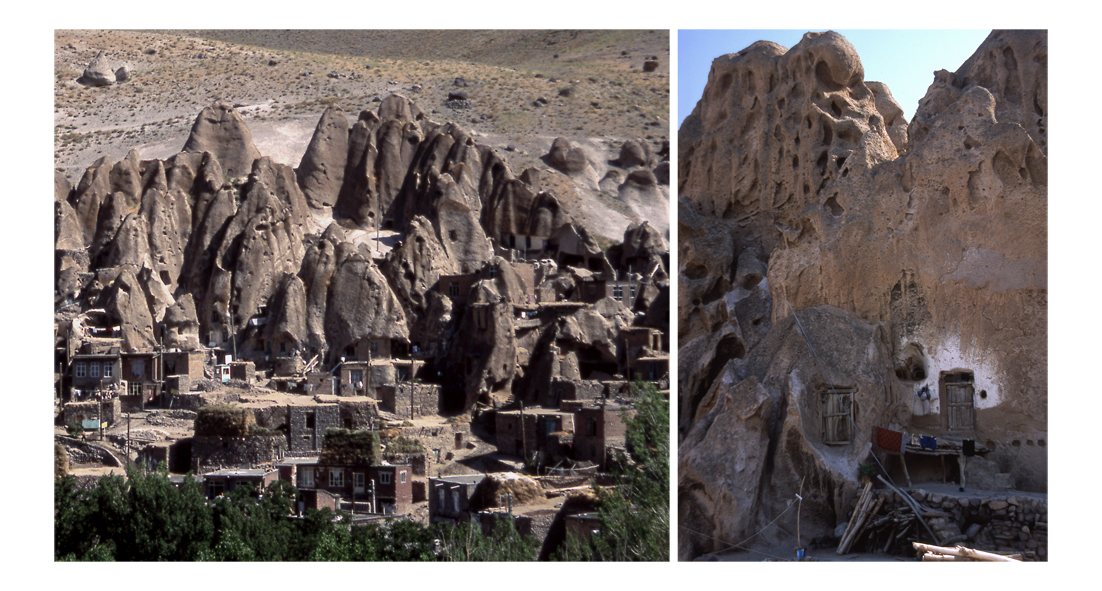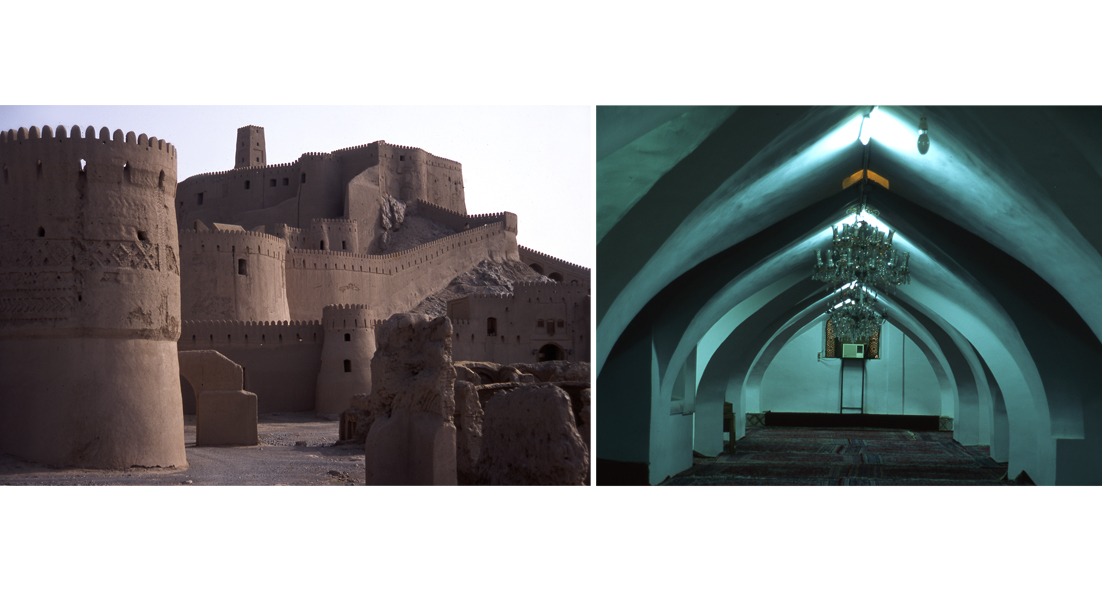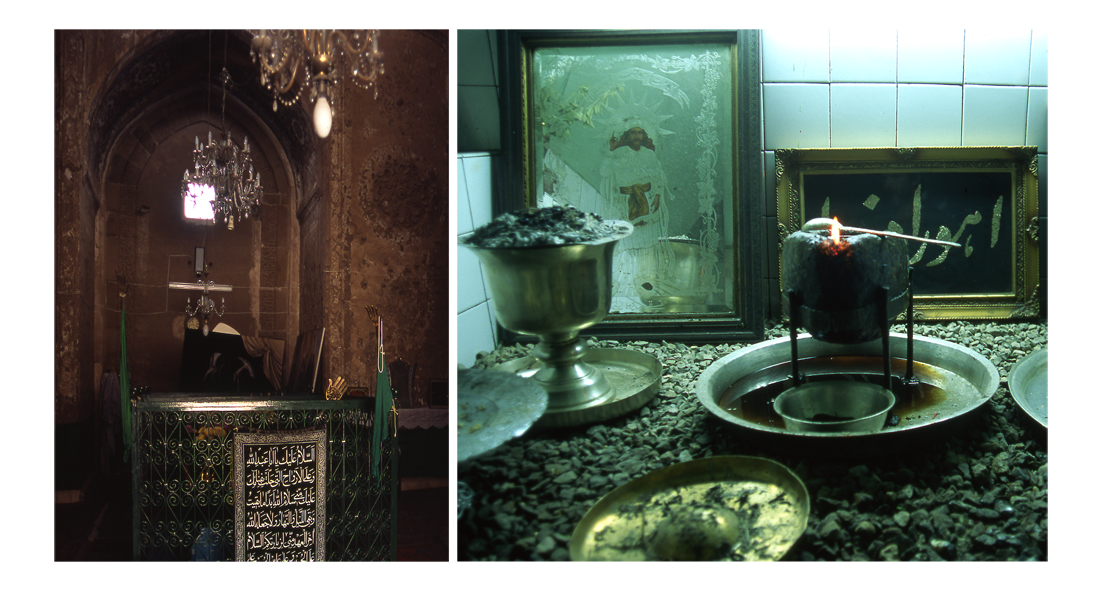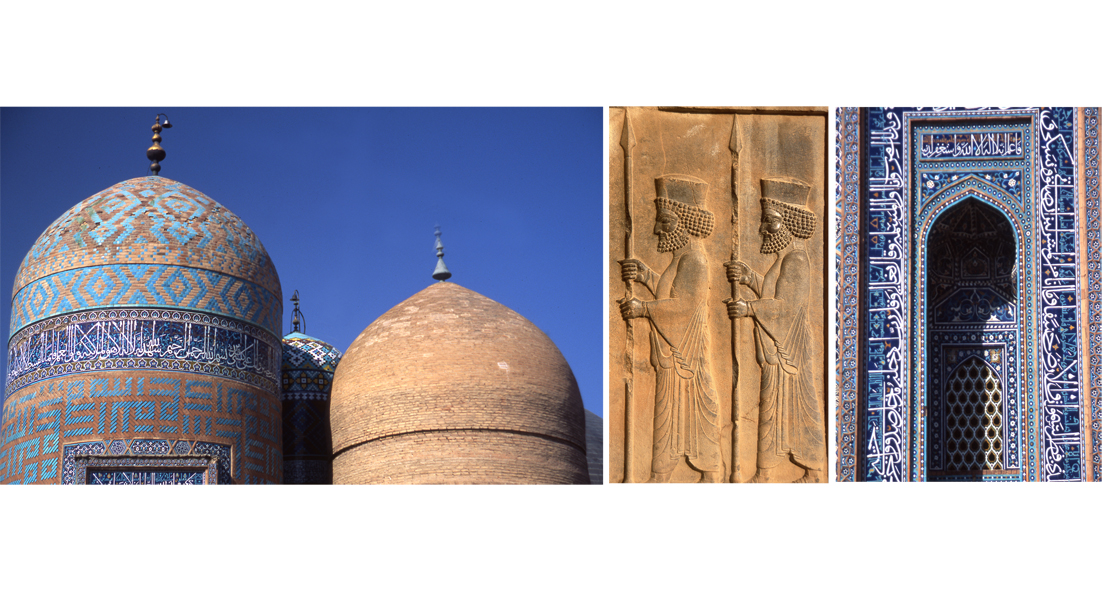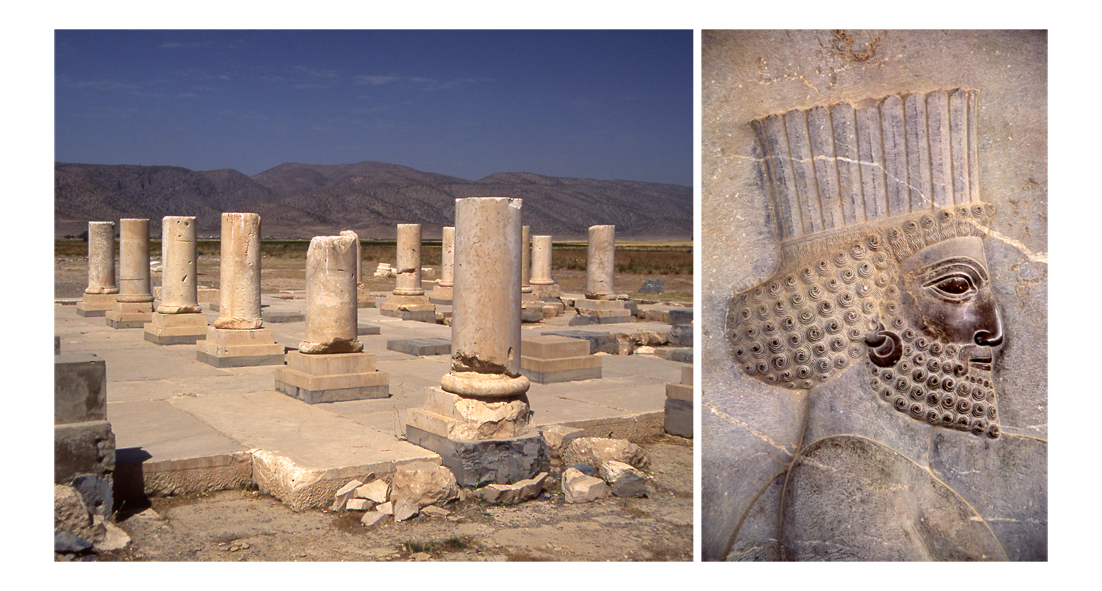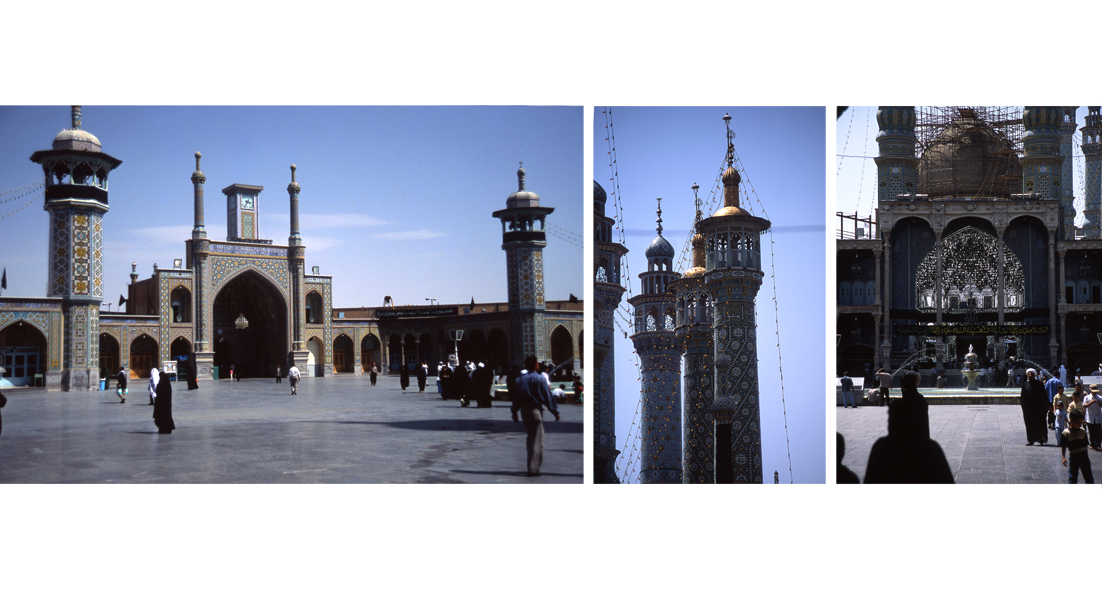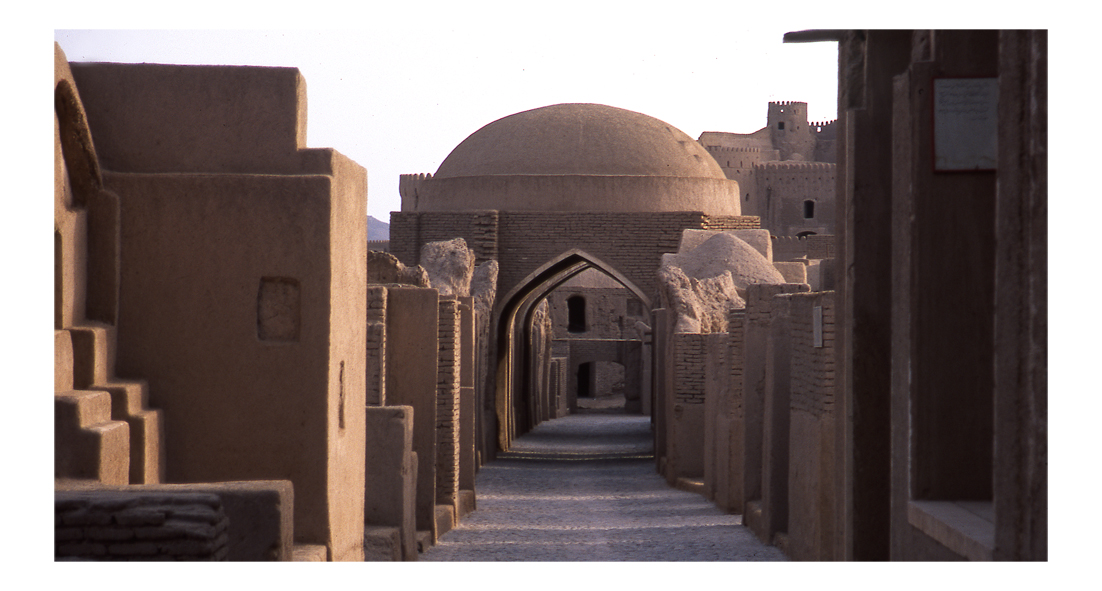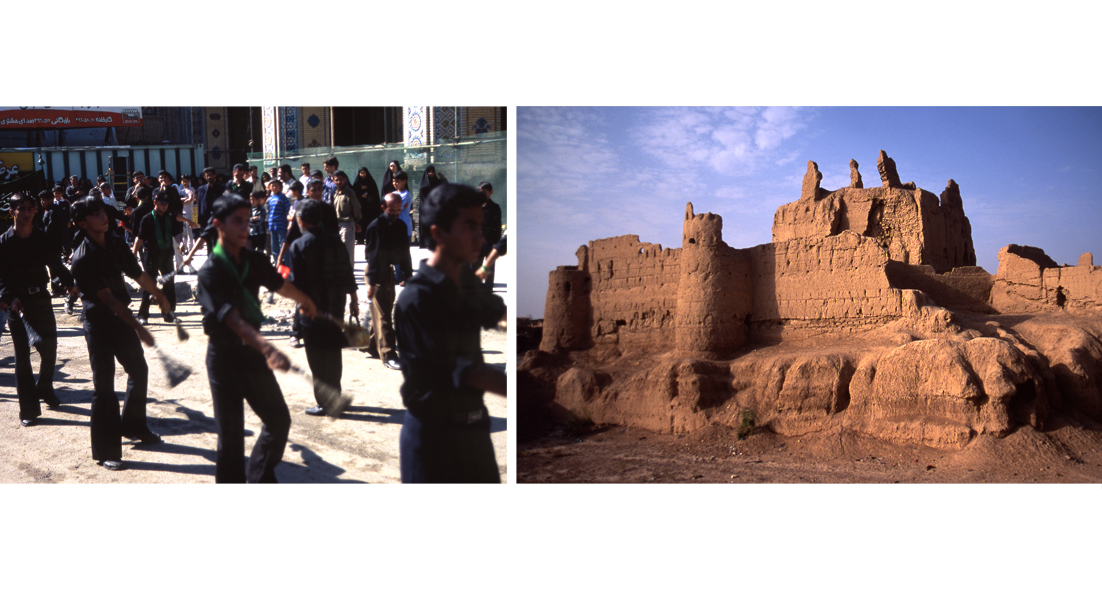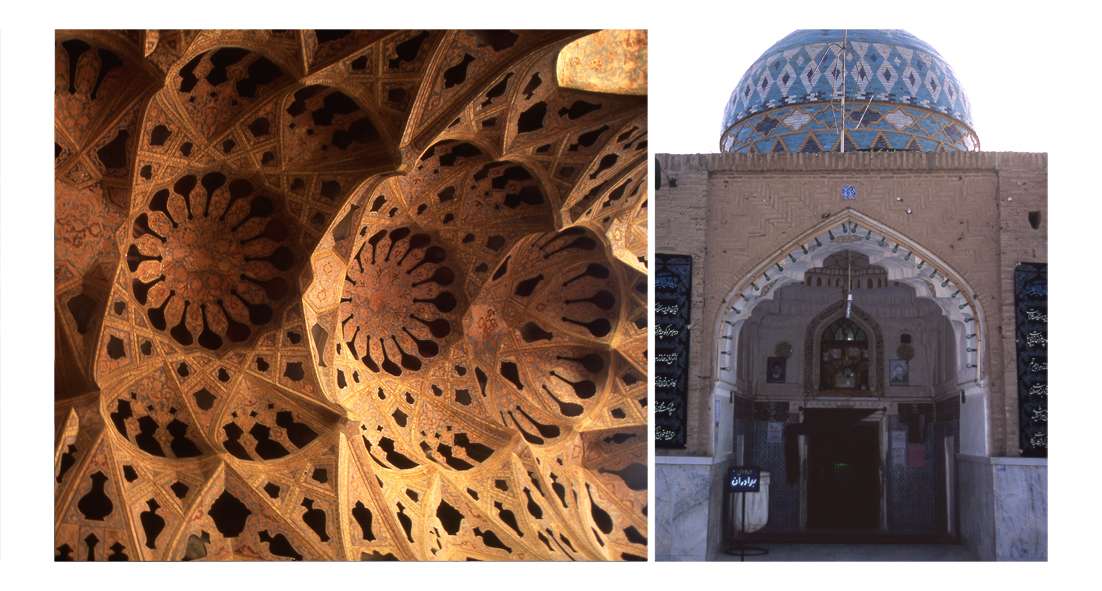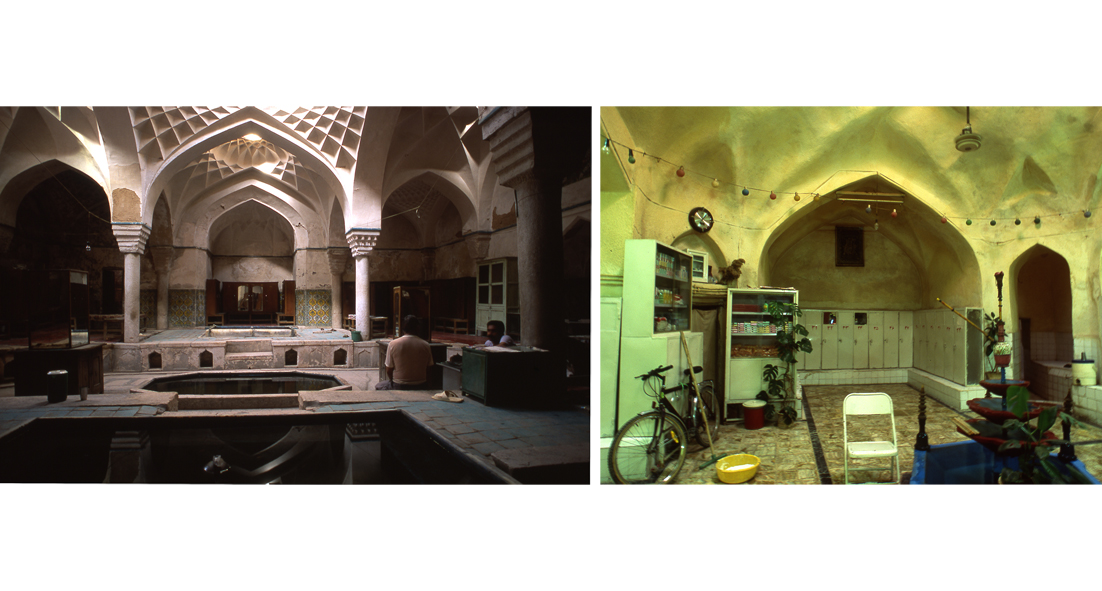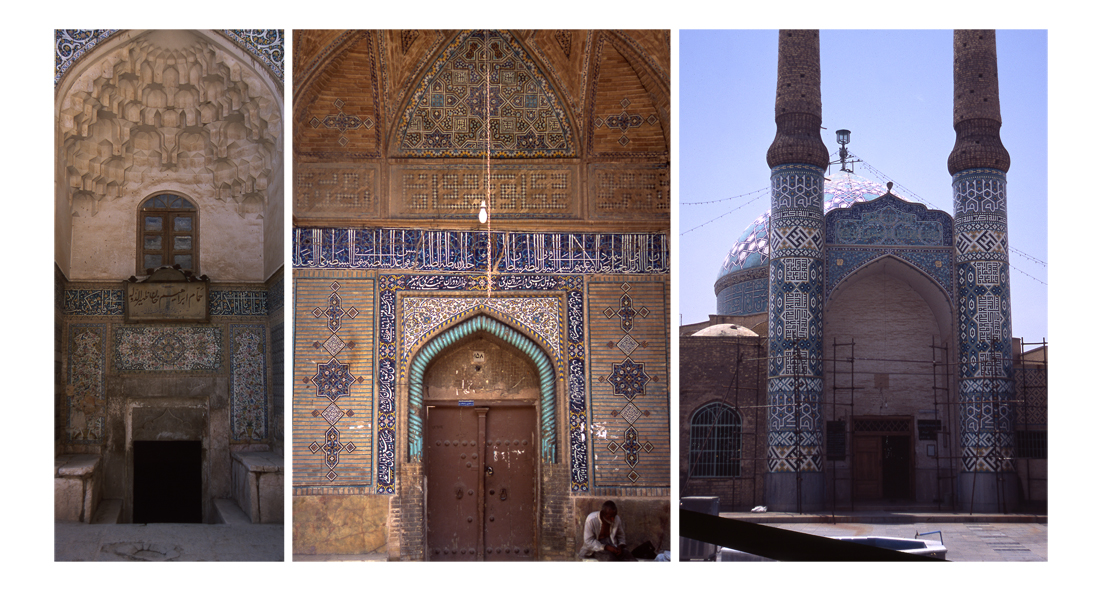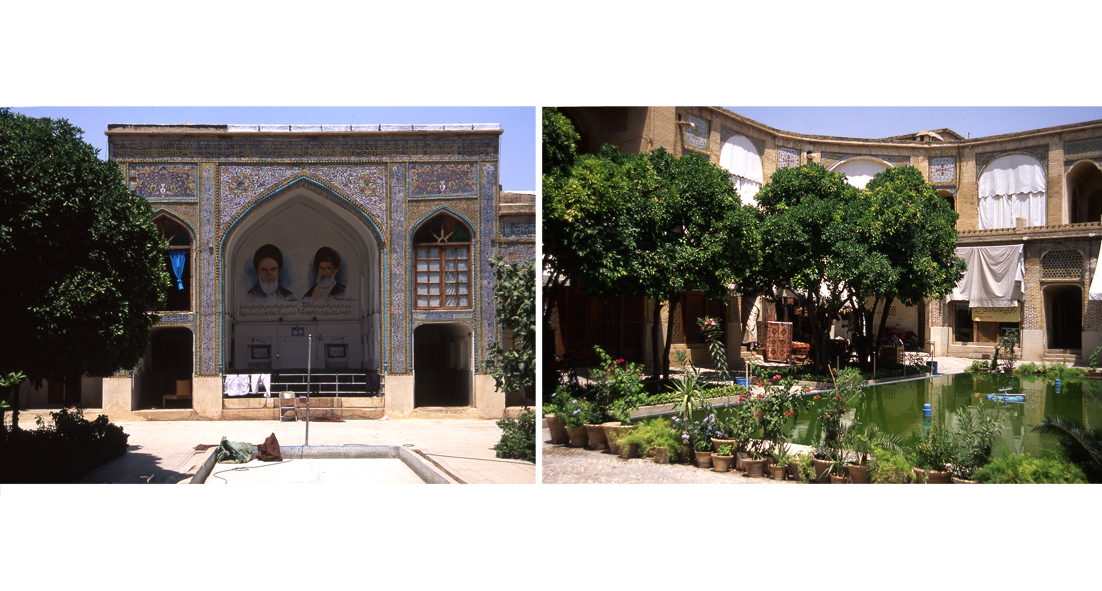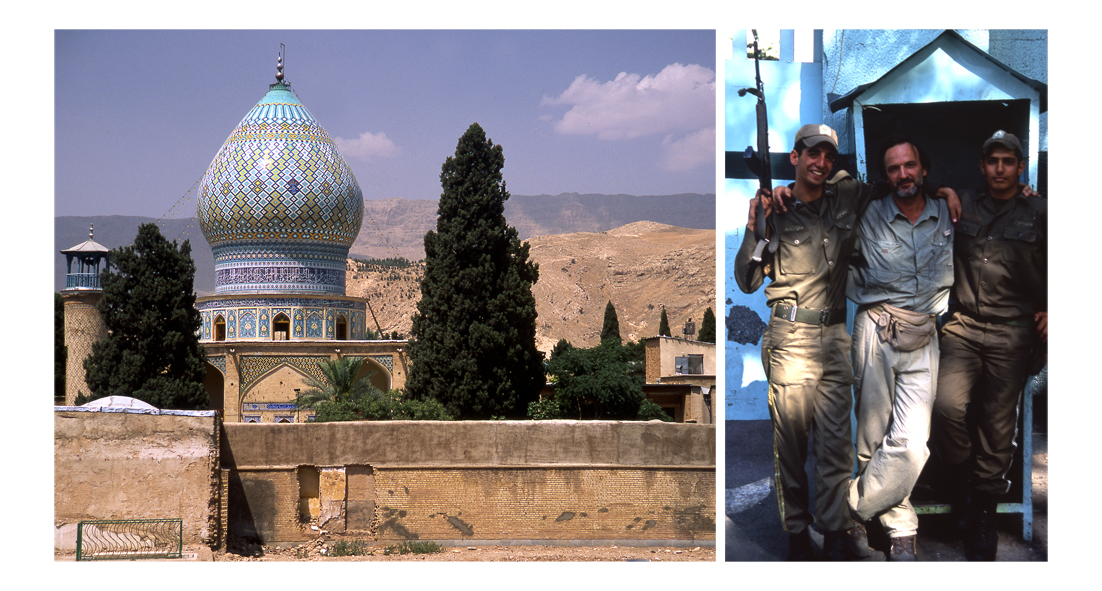CAHIER DE VOYAGE: IRAN 1997 FUJICHROME VELVIA 35MM
Few countries enjoy such a long cultural heritage as does Iran, and few people are so aware of and articulate about their deep cultural tradition as are the Iranians.
Iran, or Persia, as a historical entity, dates to the time of the Achaemenids (about 2,500 years ago), and, despite political, religious, and historic changes, Iranians maintain a deep connection to their past. Although daily life in modern Iran is closely interwoven with Shīʿite Islam, the country’s art, literature, and architecture are an ever-present reminder of its deep national tradition and of a broader literary culture that during the premodern period spread throughout the Middle East and South Asia. Much of Iran’s modern history can be attributed to the essential tension that existed between the Shīʿite piety promoted by Iran’s clergy and the Persian cultural legacy—in which religion played a subordinate role—proffered by the Pahlavi monarchy.
Despite the predominance of Persian culture, Iran remains a multiethnic state, and the country’s Armenian, Azerbaijanian, Kurdish, and smaller ethnic minorities each have their own literary and historical traditions dating back many centuries, even—in the case of the Armenians—to the pre-Christian era. These groups frequently maintain close connections with the larger cultural life of their kindred outside Iran.
Persian cuisine, although strongly influenced by the culinary traditions of the Arab world and the subcontinent, is largely a product of the geography and domestic food products of Iran. Rice is a dietary staple, and meat—mostly lamb—plays a part in virtually every meal. Vegetables are central to the Iranian diet, with onions an ingredient of virtually every dish. Herding has long been a traditional part of the economy, and dairy products—milk, cheese, and particularly yogurt—are common ingredients in Persian dishes. Traditional Persian cuisine tends to favour subtle flavours and relatively simple preparations such as khūresh (stew) and kabobs. Saffron is the most distinctive spice used, but many other flavourings—including lime, mint, turmeric, and rosewater—are common, as are pomegranates and walnuts.

